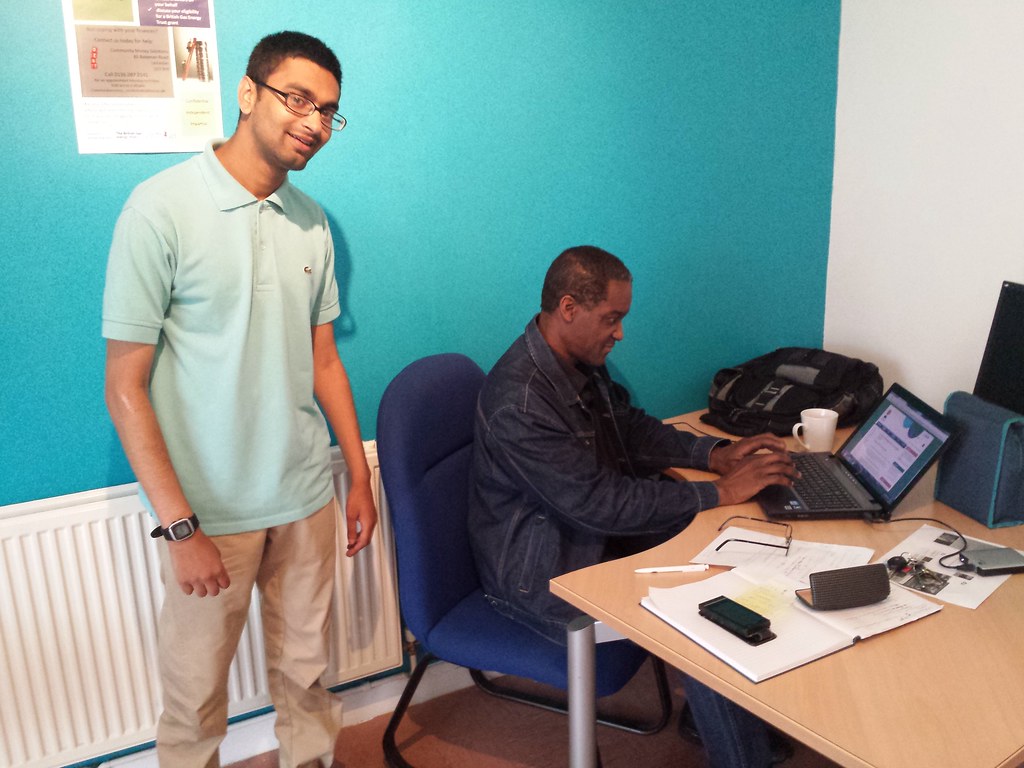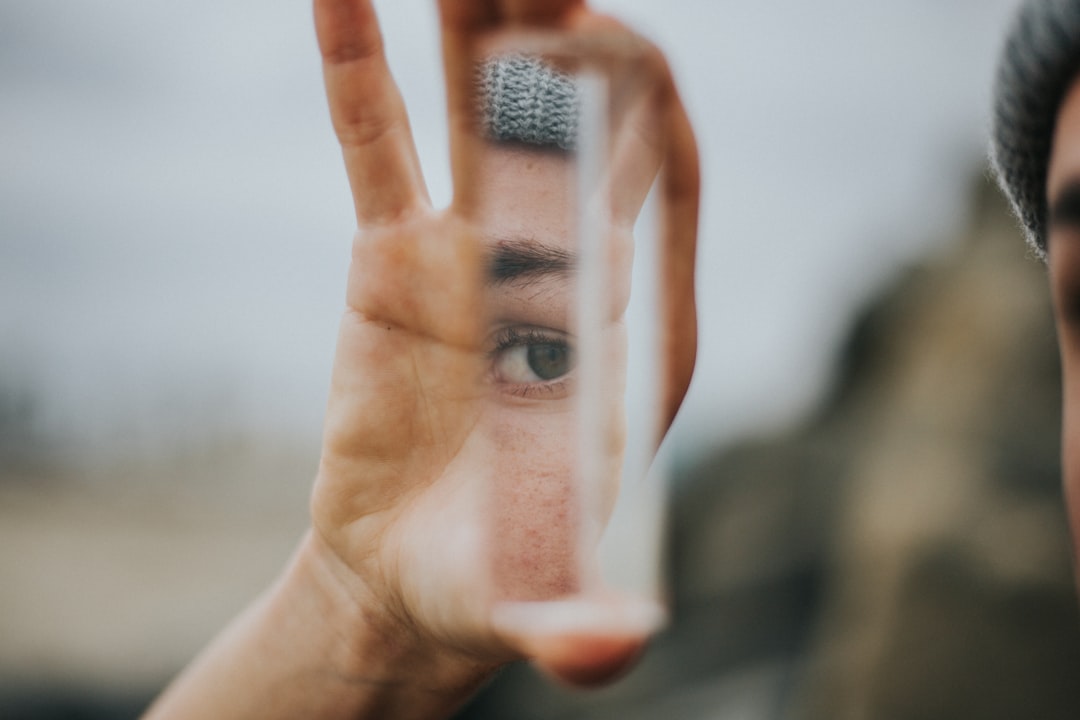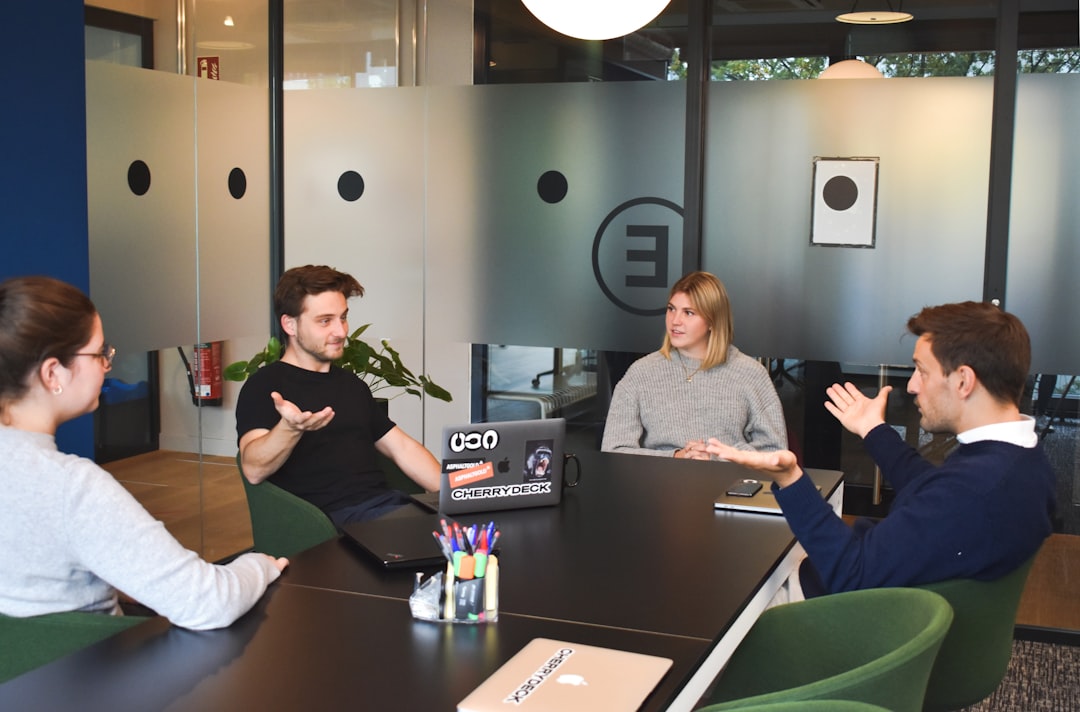Think about the last time you met someone new. Within seconds, you probably formed an opinion about them. Was it their smile, their handshake, or perhaps the way they dressed? What you might not realize is that your brain was working overtime, using a complex web of mental shortcuts to process and categorize this person.
These shortcuts, known as psychological biases, silently influence every social interaction you have. They shape not just who you like or dislike, but how you interpret their actions, predict their behavior, and even remember your encounters with them. Understanding these hidden forces can transform how you see others and, perhaps more importantly, how accurately you perceive the world around you. So let’s dive into the fascinating realm of psychological biases and discover just how much they’re steering your social judgments.
The Halo Effect: When One Trait Colors Everything

The halo effect describes the psychological phenomenon of allowing an overall initial impression of something, based on a single desirable characteristic, to positively influence future decisions we make about it. Essentially, your overall impression of a person impacts your evaluations of that person’s specific traits. For instance, if you think a public figure is attractive or likable, you might also perceive them to be more honest, intelligent, or capable than they actually are.
This bias shows up constantly in your daily life. In various contexts, such as hiring, social interactions, or even criminal justice, attractive individuals may be perceived as more trustworthy, competent, or truthful, irrespective of their abilities or character. You might find yourself assuming that the well-dressed colleague at work is also more competent, or that the friend who’s great at sports must also be good at everything else. The halo effect is a heuristic that we use to help us make quick, efficient decisions based on a single characteristic of a person or product. However, it is a form of cognitive bias that can lead to poor decision making.
Confirmation Bias: Seeking Evidence That Supports Our Views

Confirmation bias is the tendency to search for, interpret, focus on and remember information in a way that confirms one’s preconceptions. When you’ve already formed an opinion about someone, you unconsciously look for evidence that supports that view while ignoring contradictory information. If you believe that left-handed people are more creative, you might pay more attention to successful left-handed artists and ignore the existence of successful right-handed ones.
This creates a dangerous cycle in your relationships. An example of Confirmation bias is found during elections. Individuals tend to actively seek information that casts their preferred candidate in a positive light, and the opposition in a negative light, even going so far as to claim negative news as being false despite being presented with facts. Social Media has significantly exasperated this issue, not just with politics but with nearly all elements of life. When you decide someone is unreliable, you’ll notice every time they’re late but overlook the occasions when they’re punctual. Confirmation bias is a cognitive bias where we seek out, interpret, and remember information in a way that confirms our existing beliefs or hypotheses. For example, if we already believe that a certain political candidate is untrustworthy, we may selectively look for information that supports that belief and ignore information that contradicts it.
The Fundamental Attribution Error: Blaming Character Over Circumstances

In social psychology, the fundamental attribution error is a cognitive attribution bias in which observers underemphasize situational and environmental factors for the behavior of an actor while overemphasizing dispositional or personality factors. In other words, observers tend to overattribute the behaviors of others to their personality (e.g., he is late because he’s selfish) and underattribute them to the situation or context (e.g., he is late because he got stuck in traffic).
This bias profoundly affects your relationships. The FAE can significantly influence our interpersonal relationships, often leading to biased perceptions of others. The fundamental attribution error refers to an individual’s tendency to attribute another’s actions to their character or personality, while attributing their behavior to external situational factors outside of their control. Think about road rage incidents. When someone cuts you off, you’re quick to label them as inconsiderate or aggressive, yet when you accidentally cut someone off, you blame the confusing road signs or your urgent appointment.
In working with your colleagues, for example, you probably form a general impression of their character based on pieces of a situation, but never see the whole picture. One common heuristic is the fundamental attribution error (FAE), which refers to our inclination to overemphasize dispositional factors (such as personality traits) and underestimate situational factors when explaining the behavior of others. While the FAE can save us cognitive effort, it can also lead to misinterpretations of people’s actions and motivations.
Anchoring Bias: The Power of First Information

The anchoring bias, or focalism, is the tendency to rely too heavily – to “anchor” – on one trait or piece of information when making decisions (usually the first piece of information acquired on that subject). The Anchoring Effect occurs when an individual’s decision making is influenced by a specific point of reference, known as an ‘Anchor’. Once an Anchor is established, all subsequent decisions are made in reference to that anchor.
In your social interactions, this means the first impression someone makes becomes a powerful anchor for all future judgments. Anchoring bias refers to the human tendency to rely too heavily on the first piece of information (the “anchor”) encountered when making decisions. In negotiations, initial prices set a standard or benchmark that influences subsequent discussions. For example, if you’re buying a house, and the seller sets $500,000 as the starting price, your counteroffers will likely be influenced by this anchor.
Similarly, if you first meet someone when they’re having a particularly bad day, that negative anchor might color your perception of them for months to come. This piece of information becomes a reference point or anchor. Because of that, people base all subsequent decisions on this anchor. For example, initial offers have a stronger influence on the outcome of negotiations than subsequent ones. Even when you learn positive information about them later, you’ll unconsciously weigh it against that first negative encounter.
The Actor-Observer Bias: Different Standards for Ourselves

One common bias is the actor-observer bias, where individuals attribute their own behavior to situational factors while attributing others’ behaviors to their personal traits. This can lead to the fundamental attribution error, where situational influences are underestimated in favor of dispositional explanations. This creates a double standard in how you evaluate yourself versus others.
Sometimes called the attribution effect or correspondence bias, the term describes a tendency to attribute others’ behavior primarily to internal factors – like personality or character – while attributing one’s own behavior more to external or situational factors. If one person steps on the foot of another in a crowded elevator, the victim may attribute it to carelessness. If, on the other hand, they themselves step on another’s foot, they may be more likely to attribute the mistake to being jostled by someone else.
You give yourself the benefit of the doubt but rarely extend the same courtesy to others. When you’re late, it’s because of traffic or an unexpected phone call. When someone else is late, they’re disorganized or don’t respect others’ time. Research in the 1970s refined this attribution theory, finding that people tend to judge their own behaviors through a self-serving bias based on uncontrollable external factors. But they don’t give others the same benefit of the doubt, instead overestimating the importance of dispositional factors and personality characteristics in behavior and decision-making.
Availability Heuristic: What Comes to Mind First

The availability heuristic is the tendency to explain behaviors on the basis of causes that are easily or quickly brought to mind. This heuristic leads us to judge the frequency or likelihood of an event based on how easily examples come to mind. If you frequently hear about airplane accidents on the news, you might overestimate the danger of flying, despite statistics showing it is extremely safe compared to driving.
In social situations, this means you judge people based on the most memorable encounters or stories you can recall about similar individuals. The availability heuristic is a cognitive bias that leads individuals to overestimate the importance or likelihood of events based on their ease of recall from memory. This bias can significantly impact our disposition as it influences the weight we assign to certain experiences or information. For instance, if someone has recently had a negative encounter with a particular type of person, they may develop a biased disposition towards all individuals belonging to that group.
If you recently watched a documentary about dishonest car salespeople, you might be overly suspicious of the next salesperson you meet, even though your sample size is incredibly limited. Assuming, for example, that child abductions are common because they’re frequently reported on the news – an example of the availability heuristic – may trigger unnecessary fear or overprotective parenting practices. Your brain treats vivid, recent memories as more representative than they actually are.
Stereotyping: The Dangerous Shortcut

Stereotypes are oversimplified and generalized beliefs about a particular group of people. Stereotypes can shape expectations and interpretations of individuals based on group membership rather than personal characteristics. This can lead to biased judgments and social interactions. These mental shortcuts help you process social information quickly but often at the cost of accuracy and fairness.
Biases that influence how we view and understand other individuals are social perception biases. It includes prejudices like stereotyping when we judge people based on their membership in a particular group. You might unconsciously expect certain behaviors from people based on their age, profession, or background, setting up expectations that may be completely unfounded. Research has found that individuals often unconsciously rely on stereotypes when evaluating others. For instance, a hiring manager might unconsciously favor candidates from a certain demographic group based on stereotypes about their abilities, which can lead to unequal opportunities.
These generalizations become self-reinforcing through confirmation bias. One explanation for why stereotypes are so hard to change once they have been formed is the self-fulfilling prophecy. Self-fulfilling prophecies occur when people have possibly inaccurate beliefs about others (such as stereotypes) and act on those beliefs, bringing about the conditions necessary to make those beliefs come true. In other words, when people expect something to be true about another person (especially a negative thing), they frequently look for and find what they expect to see.
The Primacy Effect: First Impressions That Stick

The primacy effect highlights that first impressions can have a lasting impact on how individuals are perceived. The processes of social perception begin with observing persons, situations, and behaviors to gather evidence that supports an initial impression. Although society tries to train people not to judge others based on their physical traits, as social perceivers, we cannot help but be influenced by others’ hair, skin color, height, weight, style of clothes, pitch in voice, etc., when making a first impression.
This bias explains why job interviews, first dates, and initial meetings carry such psychological weight. The halo effect refers to situations whereby our general impression about a person, a brand, or a product is shaped by a single trait. It happens, for instance, when we automatically make positive assumptions about people based on something positive we notice, while in reality, we know little about them. When we meet someone for the first time, the information we have about them is limited, so we will use any information available to assess their character.
The information you gather in those first few moments creates a framework that influences how you interpret everything that follows. For example, after meeting a person we find attractive, we are more likely to decide that they also have other positive traits such as being trustworthy, loyal, or intelligent. Positive first impressions are not always reliable. If your new colleague has a degree from a well-respected university, for instance, you might be inclined to overestimate their abilities in future. Even contradictory evidence later gets filtered through that initial impression, often being minimized or rationalized away.
False Consensus Effect: Assuming Others Think Like You

The false consensus effect is a cognitive bias that causes people to overestimate the extent to which their opinions, beliefs, preferences, values, and habits are normal and typical of those of others. False consensus effect. This is the tendency for an individual to overestimate how much other people agree with them. You naturally assume that reasonable people share your perspective, making it difficult to understand those who don’t.
This bias significantly affects your social relationships because you expect others to react the way you would in similar situations. If you are a vegetarian, you might overestimate the number of vegetarians among your peers. Social psychologist Lee Ross, who coined this term, suggested that this bias occurs because “we are egocentric in our perceptions of the world.” When someone behaves differently than you expect, you might interpret their actions as unreasonable or even malicious, rather than recognizing that they’re operating from a different value system.
False uniqueness (underestimating own views) and false consensus (overestimating own views) both explain why communities get locked in suboptimal states. Such dynamics also impact the effectiveness of typical monetary incentives, such as fees. This creates echo chambers in your social circles, where you gravitate toward people who confirm your existing beliefs while becoming increasingly puzzled by those who don’t share your worldview.
Conclusion

These nine psychological biases reveal the intricate ways your mind processes social information, often prioritizing speed and efficiency over accuracy. Decades of research across the psychological sciences have shown that cognitive biases play a critical role in shaping our perceptions, decisions, and interactions, influencing nearly every aspect of human interaction. These cognitive biases are normal by-products of how the mind works; nonetheless, individual differences in the magnitude of these biases predict a range of outcomes.
Recognizing these patterns doesn’t eliminate them entirely, but it does give you a powerful tool for more accurate social perception. Accumulating research shows that people recognize the existence, and the impact, of many of the biases that affect human judgment and inference. However, they seem to lack recognition of the role that these same biases have in shaping their own judgments and inferences. Here, I describe recent evidence of a broad and pervasive tendency for people to see the existence and operation of bias much more in others than in themselves. The next time you form a quick judgment about someone, pause and ask yourself which biases might be at play.
What surprised you most about these hidden influences on your perceptions? Share your thoughts and experiences in the comments below.

Hi, I’m Andrew, and I come from India. Experienced content specialist with a passion for writing. My forte includes health and wellness, Travel, Animals, and Nature. A nature nomad, I am obsessed with mountains and love high-altitude trekking. I have been on several Himalayan treks in India including the Everest Base Camp in Nepal, a profound experience.




